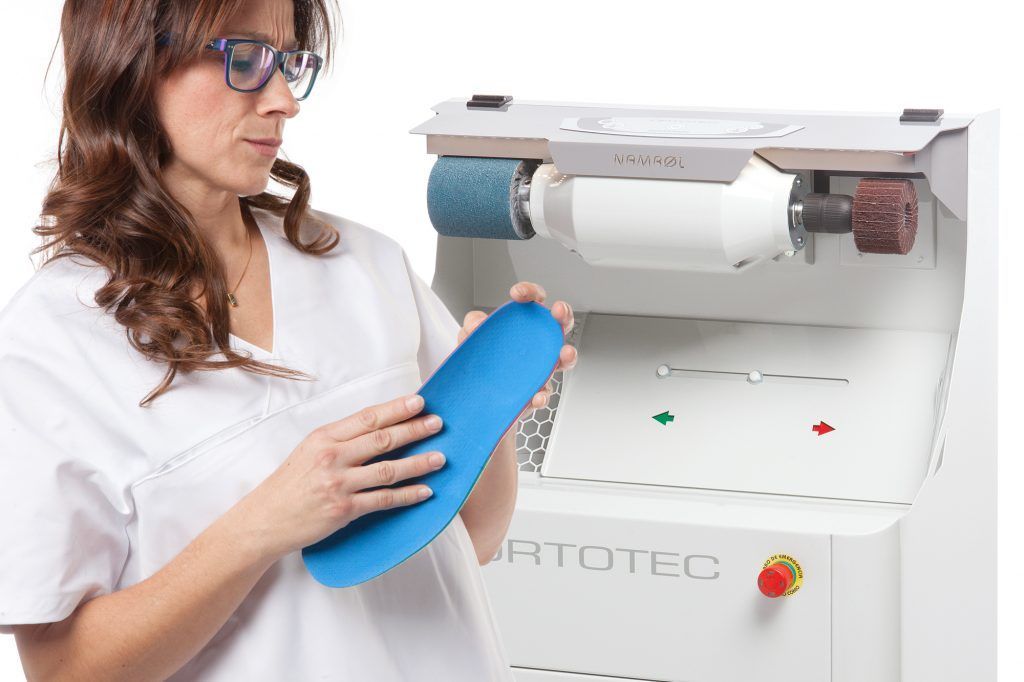If you are still not sure which grinding machine model is best for you, we advise you to read this article to find out which grinding machine you should buy. If you are clear, pay attention to the following characteristics before buying your grinding machine.
1. With or without aspiration?
Our non-suction tabletop grinding machine are cheaper, so they seem more palatable initially. But in stencil polishing operations, the risks come from inhaling the dust through the airways. This dust contains very fine particles of substances that can affect breathing capacity.
Our high-performance turbine aspiration systems help remove dust and reduce its load on the environment.
Another option are polishing booths such as Pulicab or Grindcab, which despite not having a suction system keep dust particles inside the booth, preventing them from going outside.
2. Power and energy consumption
Our models have 2 polishing motor powers: 3/4 and 1 hp. The two powers can meet the demands of a podiatric workshop, but the greater relief of a more powerful engine provides a longer life and a better polish against any type of material, thickness, hardness or polishing method.
3. The volume or capacity of the dust bag
This is one of the aspects that are not used to review, but it is very important because the greater the reception capacity in the dust bag, the suction levels are maintained for a longer time.
All our suction bags incorporate state-of-the-art fabrics that allow air circulation and prevent dust from escaping.
4. Noise emitted in operation
Not only do you have to look at the volume that the polisher reaches in operation (measured in decibels, dB) but also in the frequency of the sound (measured in Hertz, Hz).
Manufacturing for over 20 years of grinding machines has helped us improve our designs and build custom motors that reduce noise without reducing performance.
